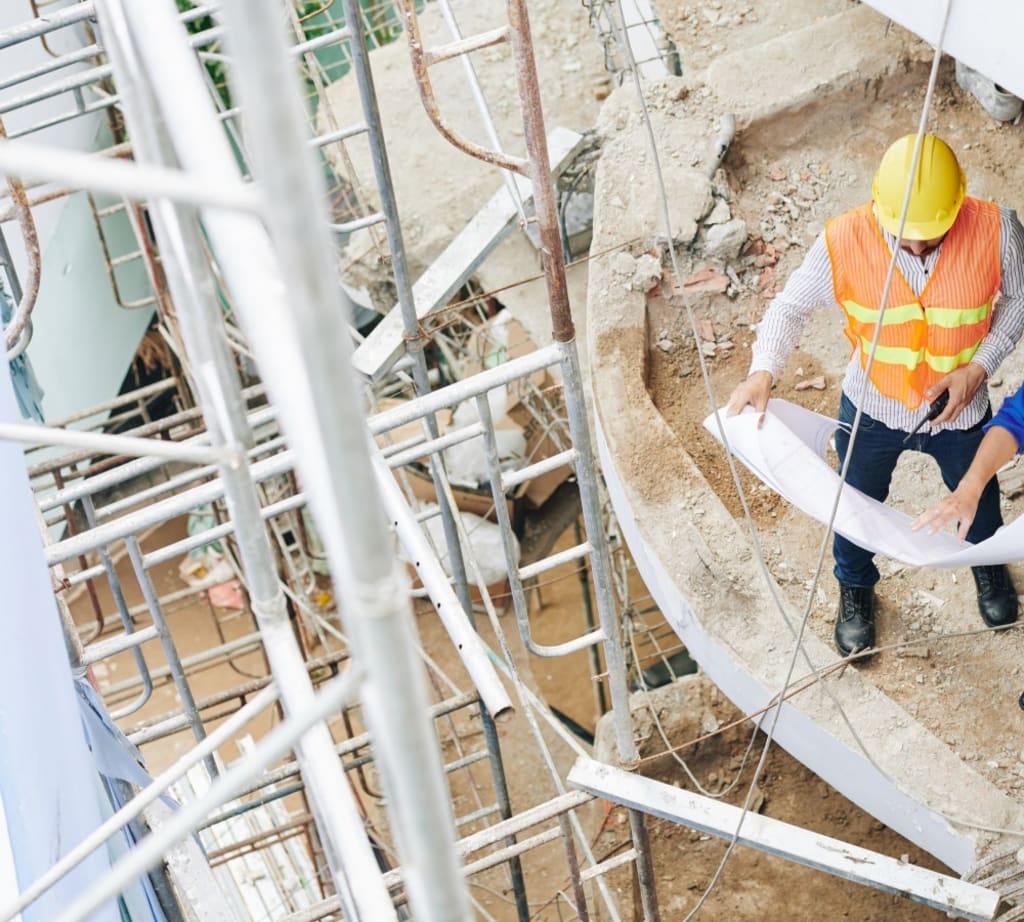Aluminium Formwork – The Future of the Construction Industry
Aluminium Formwork – The Future of the Construction Industry

Aluminium is a silvery-white, soft, non-magnetic chemical element with the symbol Al and atomic number 13. It is a ductile metal in the boron group. By mass, aluminium is the most abundant metal in the Earth's crust. The oxides and sulfates are the most useful compounds of aluminium. The abundance of aluminium decreases relative to other elements at greater depths into Earth's mantle and beyond. The chief ore of aluminium is bauxite. Aluminium is remarkable for its low density and its ability to resist corrosion through the phenomenon of passivation.
Aluminium and its alloys are vital to the aerospace industry and important in transportation and building industries, such as building facades and window frames. Despite its prevalence in the environment, no living organism is known to use aluminium salts metabolically, but aluminium is well tolerated by plants and animals. Aluminium metal is highly reactive, so native specimens are rare and limited to extreme reducing environments. Instead, it is found combined in over 270 different minerals.
Aluminium Formwork is the use of creating support structures and moulds to create structures out of concrete which is poured into the prepared moulds. Formwork can be made using moulds out of steel, wood, aluminium and/or any prefabricated forms. Into this mould, fresh concrete is placed only to harden the structure subsequently.
This is a construction system used for forming cast in place concrete structure of a building during construction. It is also used an alternative or for controlling and scheduling the work of other construction trades other construction trades such as aluminium shuttering, modulations, refabricating works, concrete placement, steel reinforcement, mechanical and electrical conduits.
The Use and Purpose of Aluminium Formwork is such that, the Formwork serves as a mould for concrete structural components unless such type of mould is given by other structural components or by the soil, etc. It helps in moulding the placed fresh concrete, which normally is viscous in this stage, to the shape specified or given in the drawing or as desired.
The Aluminium Formwork is specifically designed to allow the increase in the rate of construction of multiple unit projects at an optimum productivity level and also, the aluminium formwork can be used for a broad range of construction work.
Some Benefits of Aluminium Formwork System are that it does not require any plastering, you can have savings on overhead expenses due to the increased speed in construction, crack free structures, it doesn't require any kind of timber or plywood for construction activities, casting of walls and slabs is possible simultaneously in this, and also it doesn't require skilled labour.





Comments
There are no comments for this story
Be the first to respond and start the conversation.